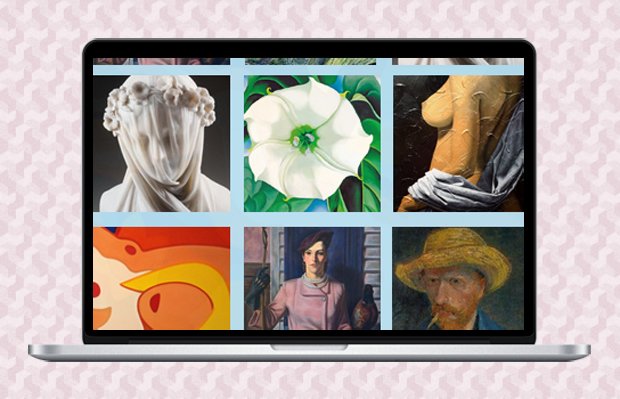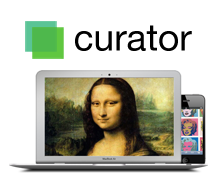Art Not Found: why museum collections are often invisible on the Web

The other day I googled the signature piece in the collection of a major metropolitan museum. Sure enough, it was listed atop the results. But when I linked over to it I found a page with errors and no image of the object.
404 - Art Not Found.
I've had similar experiences recently with other online museum collections. To be sure, some - like the Met's - are quite good, but many more leave a lot to be desired.
Images of objects in a collection are often non-existent, or are hard to find within a difficult-to-navigate user interface. In some cases, when you finally do get to an image, it's not large enough to be meaningful, let alone inspire.
This isn't a recipe for success. As Seb Chan of Cooper-Hewitt (and formerly the Powerhouse Museum) has noted (many others have echoed the sentiments), museums in the 21st century are struggling to maintain their relevancy. They need effective websites, and one of the best ways to be effective is to showcase what makes you special and a vital part of the community.
For most museums, what's special is... the collection. The art, artifacts, historical documents and cultural icons that are found in a particular museum are found no where else. In an era of "copy/paste" duplication, that uniqueness is a rare coin indeed.
How you make your collection available online matters
Without easily discoverable images of the objects in their collection (along with data and curated text describing the images), museums:
- won't get pinned on Pinterest
- won't get shared on Facebook
- won't get found in Google Images
- won't get inbound traffic from relevant search results related to showcase pieces in their collection
In an age where traditional marketing techniques, like print ads and posters, are becoming less effective, making a statement - tied to your mission, led through images and text on your website - is increasingly crucial to your relevance.
There are several reasons why this tends to happen. In some cases, patrons who have donated or loaned items to a collection are particular about how their works get displayed, and that sometimes prevents certain pieces from being displayed online. In other cases, outdated collections management software, designed before the Web was so important and not designed for a great user experience, make searching, selecting and viewing collection imagery tedious.
Great online collections = digital engagement
We have to once and for all get past the notion still held by some, that if we put information online somehow people won't want to come for a visit. In fact, I'd argue that exactly the opposite is true. The more you put on your website, the more people will want to visit, their curiosity having been piqued.
Museums must rise to the challenge and make their collection material available online, in easily searchable, findable, sharable ways. A curated, content-based strategy is essential for museum websites, and talking about - and showcasing - the collection is a vital part of that strategy.

